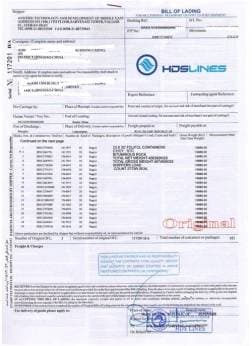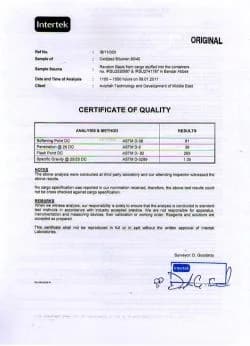Medical Grade Urea – Complete Guide for Buyers & Industry Users
Medical Grade Urea is a refined and high-purity form of urea, manufactured under strict pharmaceutical and cosmetic standards. Unlike agricultural or industrial urea, it is specifically produced for medical, cosmetic, and pharmaceutical use, where consistency, safety, and purity are critical.
With a nitrogen content of around 46% and compliance with USP, EP, or BP standards, this grade is widely used in dermatological creams, wound healing products, cosmetics, and laboratory applications.
As a trusted supplier and exporter, we provide Medical Grade Urea to importers, distributors, and manufacturers worldwide.
What is Medical Grade Urea?
Medical Grade Urea is a white crystalline solid (CO(NH₂)₂) with ≥ 99.5% purity and low levels of impurities such as biuret, aldehydes, and heavy metals. It is available in powder, prilled, or micro-prilled form, depending on end-use requirements.
When used in cosmetics and pharmaceuticals, it acts as a moisturizer, humectant, and keratolytic agent, helping treat dry skin, eczema, psoriasis, and other conditions.
Technical Specifications
| Property | Specification |
|---|---|
| Nitrogen Content | 46% ± 0.3% |
| Purity | ≥ 99.5% |
| Biuret | ≤ 0.3% |
| Moisture | ≤ 0.5% |
| Appearance | White crystalline powder or prills |
| Standards | USP / EP / BP |
| Forms | Powder, prilled, micro-prilled |
| Packaging | 25kg bags, fiber drums, bulk bags |
Applications of Medical Grade Urea
1. Pharmaceutical Industry
Dermatological creams & ointments (eczema, psoriasis, keratolytic therapy)
Oral medicines as osmotic diuretics
Wound healing formulations
Burn treatment products
2. Cosmetics & Personal Care
Powerful moisturizer for skin hydration
Humectant in lotions, shampoos, and conditioners
Found in anti-aging creams, serums, and foot-care products
Improves absorption of other active ingredients
3. Laboratory & Research
Biological buffers for protein denaturation
DNA extraction reagent
Enzyme studies and chemical testing
Medical Grade vs. Other Grades of Urea
| Grade | Purity | Applications | Certification | Biuret Level |
|---|---|---|---|---|
| Medical Grade | ≥ 99.5% | Pharma, skincare, cosmetics | USP/EP/BP | ≤ 0.3% |
| Agricultural Grade | 95–98% | Fertilizer | None | Higher |
| Industrial Grade | ~98% | Resins, adhesives, plastics | None | Higher |
| Feed Grade | 46% | Animal nutrition | Feed compliance | Controlled |
| Technical Grade | ~99% | Lab & chemical use | Not always pharma certified | Low |
⚠️ Using agricultural or industrial urea in cosmetics or medicines is unsafe and may cause contamination.
Global Market Outlook (2025 Update)
Cosmetic Market Growth: Demand for medical/cosmetic urea is rising with skincare industry CAGR ~6–7%.
Pharma Expansion: More dermatological treatments increase global demand.
Main Importers: USA, EU, South Korea, Japan.
Leading Producers: China, India, and selective European manufacturers.
Why Choose Us as Your Supplier?
We are a reliable Medical Grade Urea exporter, offering:
High-purity urea compliant with USP / EP / BP standards
Competitive bulk prices for importers & manufacturers
Flexible shipping terms – FOB, CIF, CFR worldwide
Custom packaging (25kg, fiber drums, jumbo bags)
Full documentation (COA, MSDS, compliance certificates)
FAQs About Medical Grade Urea
Here’s a list of real questions buyers and consumers ask online, with clear answers:
1. What is medical grade urea used for?
It is mainly used in pharmaceutical creams, dermatology products, cosmetics, and lab research.
2. Is medical grade urea safe for skin?
Yes . It is dermatologically tested and approved for use in skincare and wound-healing products.
3. What is the difference between medical and cosmetic urea?
Medical Urea is produced under stricter standards (USP/EP/BP) for pharma use. Cosmetic Urea is often the same material but marketed mainly for skincare.
4. Can I use fertilizer urea instead of medical grade?
No . Fertilizer-grade urea contains impurities that can harm skin or cause contamination in medical applications.
5. What concentration of urea is used in creams?
10%–20%: Moisturizers and daily skincare
30%–40%: Treatment for very dry, cracked skin and psoriasis


